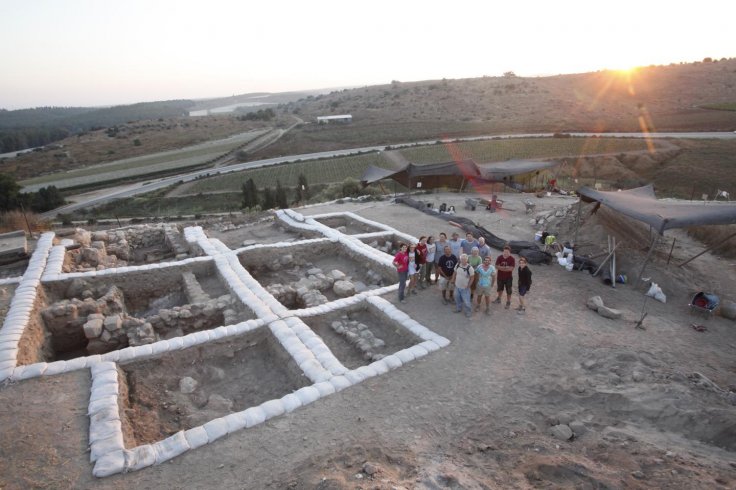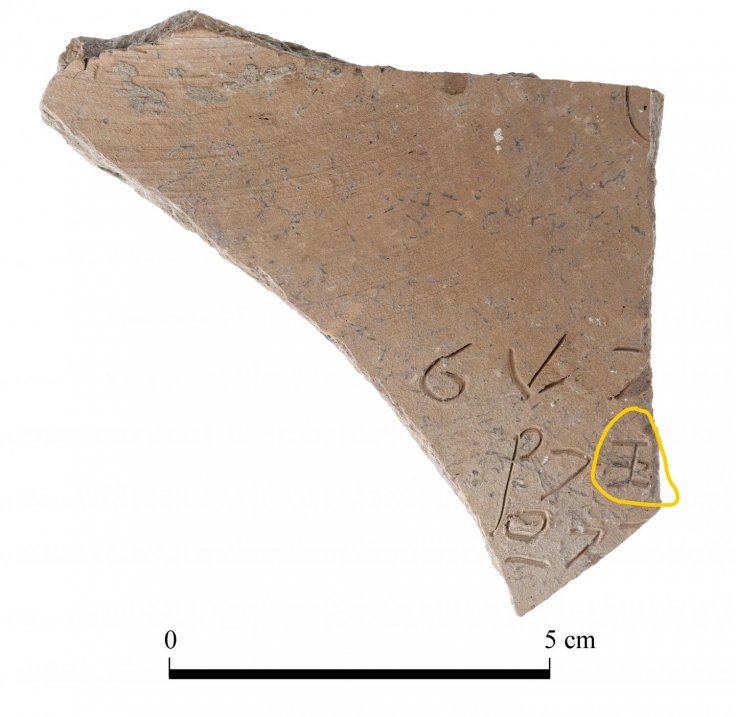The Biblical Book of Joshua is the sixth book of the Bible which belongs to a tradition of Jewish history and law, called Deuteronomic. The book was named after its leading character who is the first of the Former Prophets in the Jewish canon.
The Book of Joshua not only talks about the Israeli occupation of Canaan, the Promise land after a 40-year sojourn in the desert but also helped the researchers to look into the Canaanite society which inhabited the land during that era.
The Bronze Age structure
This new research was conducted by Professor Yosef Garfinkel at the Hebrew University of Jerusalem's Institute of Archaeology and Professor Michael Hasel at Southern Adventist University in Tennessee. In the new study, which was published in Levant, Garfinkel and the co-authors have revealed about the ruins of a Canaanite temple dating back to the 12th century BCE which they found in National Park Tel Lachish, a large Bronze Age-era settlement near today's Israeli city of Kiryat Gat.
Lachish was built around the 1800 BCE and later was destroyed by the Egyptians around 1550 BCE and then again in 1150 BCE it was rebuilt. In Bible as well as Egyptian texts, the scientists have found the name of the city which was one of the few Canaanite cities to survive into the 12th century BCE.

The ancient city temple
Archaeologists stated that the newly found temple is about 3,200 years old and researchers stated that its structure is unusual for its time. The entrance of the temple was marked by two pillars and two towers that led to a large rectangular hall with small rooms along the sides of the temple. As per the experts, such structures are common in the temples found in Syria.
Archaeologists involved in this study explained that from the small rooms they have found wooden boxes that had been burned, but still had a lot of wheat inside. In addition, Garfinkel said that the Biblical descriptions of the First Temple in Jerusalem, have that same basic Canaanite structure of pillars and towers leading to a central hall.
The inner sanctum of the temple has four supporting columns and several unhewn "standing stones" that may have served as representations of deities. The research revealed that the Lachish temple is squarer in shape, typical of later temples including Solomon's Temple, which is known as the First Temple that was destroyed by Nebuchadnezzar II.
Garfinkel said that "Only once every 30 or 40 years do we get the chance to excavate a Canaanite temple in Israel. What we found sheds new light on ancient life in the region. It would be hard to overstate the importance of these findings."

The artefacts found in the temple
During the excavation, the archaeologists also found a trove of artefacts, which includes bronze cauldrons, Hathor-inspired jewellery, daggers and axe-heads adorned with bird images, scarabs, and a gold-plated bottle inscribed with the name Ramses II, who was one of Egypt's most powerful pharaohs. Near the temple, the team of researchers also found two bronze figurines, which were armed "smiting gods".
Among all of these findings, the archaeologists discovered an engraved pottery sherd with the ancient Canaanite script, which included a letter "samek," marked by an extended vertical line crossed by three perpendicular shorter lines. As per the researchers, it is the oldest known example of the letter and a unique specimen for the study of ancient alphabets.









